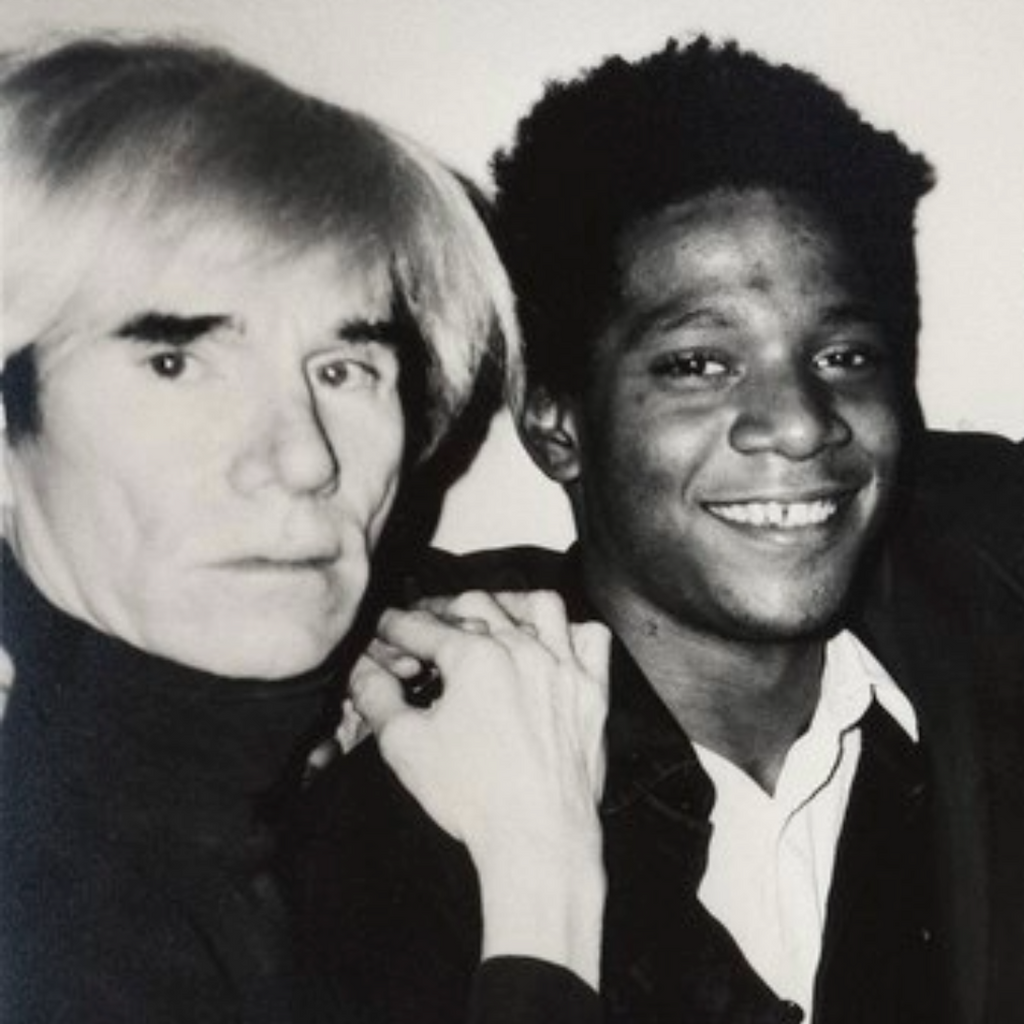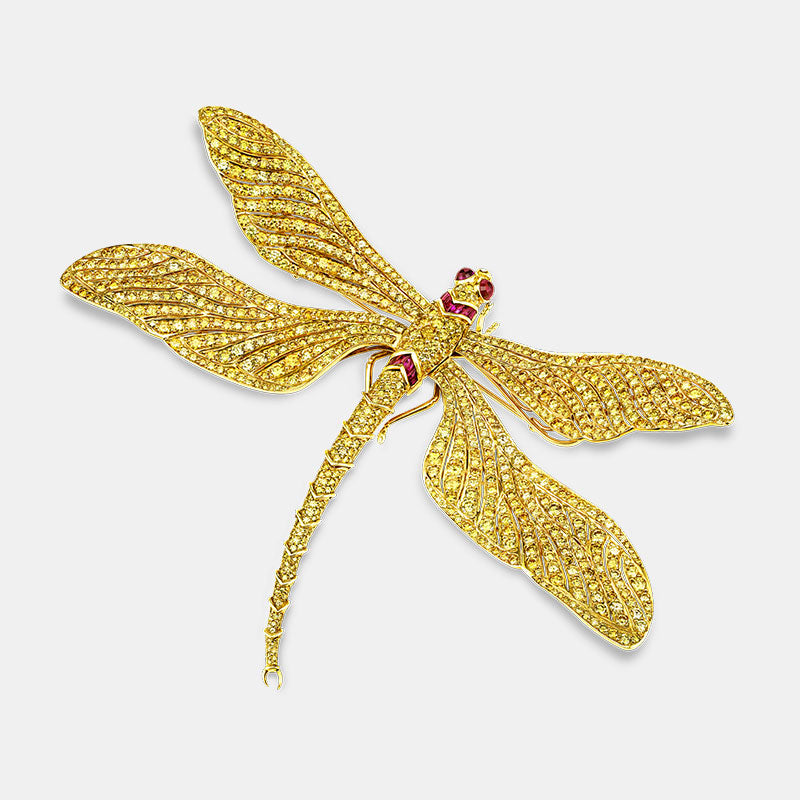
William Bouguereau
Chances are good that the wonderful landscape your parents bought 30 years ago to hang over the mantel wasn't purchased as an investment. Chances are even better that this same painting, if painted by a 19th-century artist of even reasonable note, has greatly increased in value.
Prior to the 1960s, late 19th-century artists like John William Godward, William Bouguereau and John Atkinson Grimshaw were, for the most part, names only the most studied 19th-century art scholars might recognize. It wasn't until these same scholars and museum curators began to truly recognize and appreciate these talents, along with scores of other great 19th-century painters, that the works hailing from this century really came into their own.
With that recognition has come a tremendous boon in the prices for quality 19th-century art. For instance, in 1977, the highest recorded price for a Bouguereau painting was $17,000. Just 23 years later, that same artist would achieve a hammer price of $3,526,000, placing him among a group of late 19th-century artists whose works regularly bring prices near or over the million-dollar mark.
Despite these incredible prices, much of the attraction of 19th-century art is that there are still so many extraordinary works out there to be had that won’t break the bank. Impressionist masterpieces or works by the Old Masters may be out of reach for most collectors, but those looking for superb original paintings by respected artists of almost any genre won't be disappointed with the magnificent and diverse works created during the 19th century, particularly those painted in the latter half of the period. Like most worthwhile pursuits, success in building a fine 19th-century art collection comes with effort and diligence. Look at any great collection and it becomes evident that the key ingredients are love and understanding of the art.

Georges Croegaert
Doing Your Homework
The best piece of advice is to do you homework. Almost every great collection of art resulted from a collaborative effort that began with careful research. Museums, galleries, auction houses, art publications and other collectors are all valuable sources of information. Develop relationships with good dealers and other experts who specialize in 19th-century art. Pick one or two areas of interest and study, using all of the tools available. Museums, galleries, auction houses, universities and the Internet can provide a wealth of both scholarly and subjective information, including insight into pricing and popularity of artists and their work. These efforts will not go unrewarded. Thorough research not only gives the collector a better grasp of the actual works, but it allows for the formulation of personal opinions and the refinement of individual taste.
Bill Rau, President and CEO of M.S. Rau Antiques, feels that by far, the most valuable piece of advice for those interested in art collecting, of any type, is to view similar works firsthand. "The more you expose yourself to the various artists of the period, the better you can recognize their quality and beauty," explains Rau. "The more exposure a collector has to the genre, the more acute their taste and eye will become. It is by studying the masterpieces in person that one can truly attain an appreciation and understanding of 19th-century art."

J Corneau
Value & Cost
Collecting 19th-century paintings involves an investment of both time and money. But keep in mind that financial gain should not be the motivation for collecting art. How much a collector can afford naturally affects the types of artwork collected, but today's art market lends itself to great flexibility in terms of price range. Do not become driven by the search for bargains which may lead to the acquisition of mediocre paintings. Art is not immune to fluctuations in the economy and over the long haul, it's much better to own a finer quality painting that costs a bit more than to have a collection full of bargain basement finds. Core aspects such as artist, subject, paint quality, light and form and condition all affect the value of a painting and should be the foundation of any collection.
"Collecting art is a very personal endeavor," explains Rau. "Don't throw good business sense out of the window, but do choose your art using your head and your heart first and then your pocketbook. You'll be happier in the long run and you will have a much finer collection." Of course, that's the beauty of 19th-century paintings. Many of the finest works remain undervalued. For instance, while the price tag on a superior Alfred de Breanski landscape may not be inconsequential, the value of such a work by one of the most respected landscape painters of that period, remains incredible. Of course, the first step in finding value in 19th-century paintings is being able to recognize quality and that, again, boils down to research and diligence. While a painting must appeal on the most basic aesthetic level, there are a few considerations that must be addressed before any deals are struck. Once a painting has been selected-step back and look at condition, provenance and authenticity.
Condition & Quality
Whenever purchasing a piece of art, especially those created decades ago, it is important to keep a close eye out for retouches or damage caused by mishandling or unprofessional restoration techniques.
Of course, restoration work, if done properly, does not necessarily decrease the value of a fine painting, in fact, it is considered part of proper care and maintenance. However, collectors should be cautious of pieces that may have been drastically "overdone" due to outdated techniques practiced in the early part of the 20th century. These early restoration methods tended to be overly aggressive and are no longer considered acceptable. Issues such as these can be avoided with the advice of a professional restorer or art dealer. Don't be afraid to insist that a painting be checked out by a professional restorer prior to purchase.

Jules-Georges-Victor Clairin
Authenticity
The resurgence in interest of 19th-century art has also brought with it issues that any collector must address, most notably forgeries. Aggressive authentication is standard practice when seeking out the works of Van Gogh or Rembrandt, making it far more difficult to pass off forgeries.
However, the paintings of the 19th century present a much more enticing venue for those intent on deception. The best way to avoid these pitfalls is to work with a reputable dealer. Any good dealer, auction house or gallery should have no trouble providing the necessary information to authenticate or evaluate a 19th-century painting.
Be cautious if there is no signature on the painting, but not unduly so. An unsigned painting does not automatically signal a forgery or make a painting any less authentic. Often students copied the styles and techniques of the master artist and some masters even tried to imitate their contemporaries.
Once again, the failsafe key to avoiding confusion is research and a great understanding of the particular artist's style, subject matter and technique. The opportunities for collecting solid 19th-century paintings at reasonable prices remain abundant in today's market. A collector, armed with a certain degree of knowledge and even greater enthusiasm, can go a long way in assembling a collection worthy of the effort. If recent history is any indication, fine artworks from this century should continue to post healthy gains. And, while monetary appreciation can in no way be guaranteed, the potential for upward gains remains favorable.
"Art collecting is a serious and highly rewarding journey that should be taken in stride and with a degree of diligence. But along this sometimes bumpy road, keep in mind that the true nature of art is not so much about dollars and cents but more importantly its power to inspire, give joy, and motivate an appreciation for the world around you," Rau concludes. "And at the end of the day, a beautiful work of art can be enjoyed on a more personal level every single day whether the market happens to be up or down–you can't say that about too many stock certificates."







